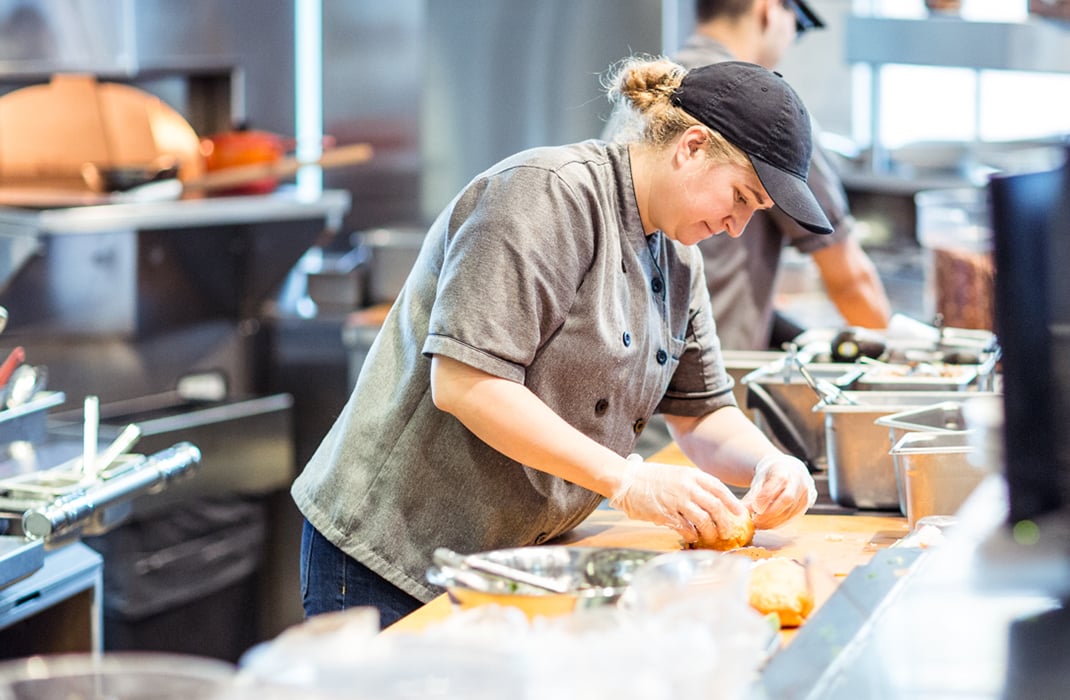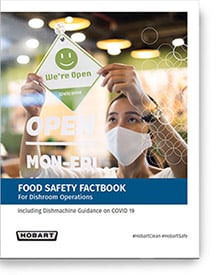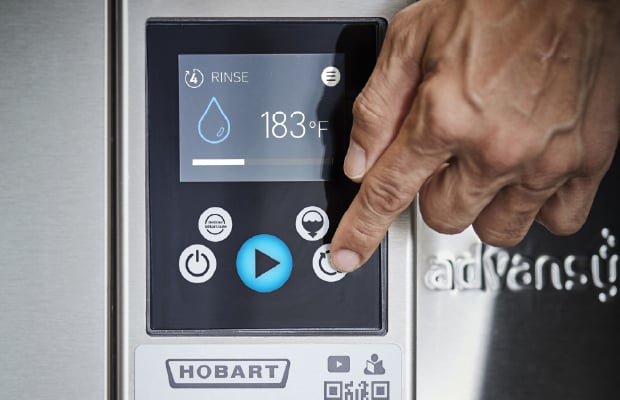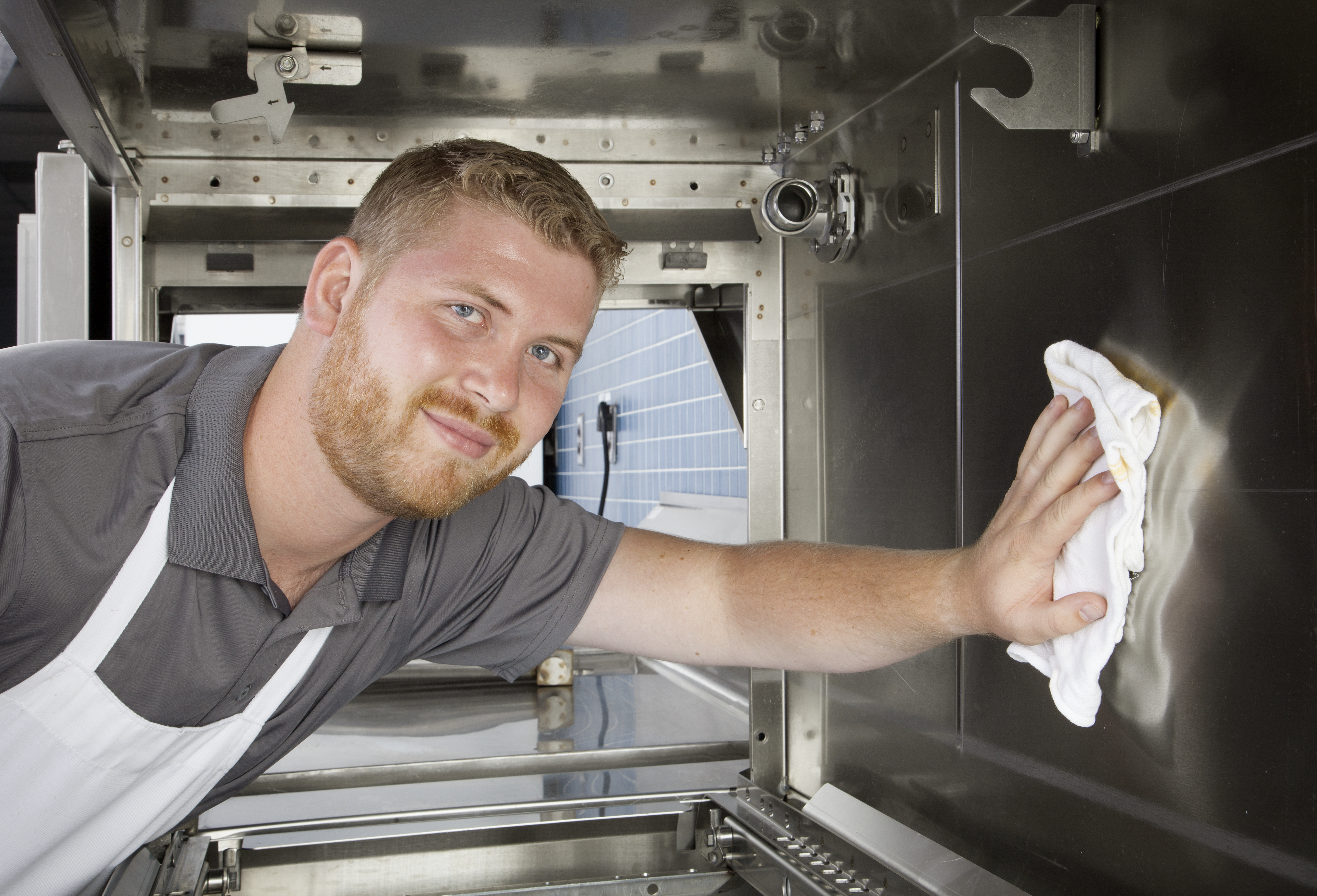In March, the World Health Organization declared a pandemic from COVID-19, the disease caused by novel Coronavirus (SARS-CoV-2), which caused heightened awareness among the public about many health and safety issues, including food safety in restaurants and commercial kitchens. For those in the foodservice industry, the health and safety of employees and customers is a top priority. Understanding the issues and having a clear knowledge of the facts surrounding the virus can go a long way in calming anxiety and maintaining good business practices.
Understanding the Virus
COVID-19 is a type of coronavirus that has not previously been identified. It was discovered in December in Wuhan, China, and is now found in multiple countries. Viruses are not living organisms, unlike bacteria, which is a living organism. Therefore a virus behaves as living organisms only when inside the body of a host organism.
According to the CDC, the coronavirus is spread from person-to-person through respiratory droplets. Currently there is no evidence to support transmission through food. It may be possible that a person could get COVID-19 by touching a surface or object that has the virus on it and then touching their own mouth, nose, or eyes, but this is not thought to be the main way the virus spreads.
The Facts about Sanitization
Whether in the midst of a pandemic or not, it is always important to serve food on clean surfaces. All Hobart commercial dishwashers are certified to NSF standard 3 for Commercial Warewashing Equipment. This means that after the application of cumulative heat or chemicals on contact surfaces, there is a reduction of 5 logs, or 99.999%, of representative disease microorganisms of public health importance.
There are two things to remember when considering the 5 log kill. First, since viruses are not considered microorganisms, it cannot be said that an NSF certified commercial dishwasher will consistently kill the SAR-CoV-2 virus. However, this does not mean that a commercial dishwasher is not capable of neutralizing the virus, only that it has never been tested for the specific pathogen.
Second, there is a difference between sanitization and sterilization. Sanitizing is defined as reducing the number of microorganisms to a safe level. Sterilization is removing all microorganisms, a practice usually associated with medical equipment in hospitals and operating rooms.
Steps to Take
Wash hands appropriately. Follow all NSF guidelines on proper handwashing procedures, and reiterate to employees the importance of handwashing during food preparation and serving.
Clean and sanitize all hard surfaces. Many operations are increasing the frequency with which they clean and sanitize countertops and other hard surfaces during the coronavirus pandemic. Follow the correct steps of wiping off food and debris and then spraying a surface with a sanitizing solution and allowing it to air dry. Be sure to follow directions on all cleaning products.
Follow sanitization steps. Sanitization is a multi-step process that includes cleaning off food and scraps, rinsing to remove detergent and remaining soil, and applying a chemical sanitizing agent or reaching the minimum defined temperatures in the wash and rinse cycles. A commercial dishwasher automates these steps.
A Note About PPE
Many people have questions about disinfecting Personal Protective Equipment like face shields and protective eyewear in a dishmachine. Although dishmachines are not designed or tested to wash these items, if PPE is properly placed on a dishrack with adequate spacing to ensure detergent and sanitizing hot water or chemicals reach all surfaces, the dishmachine should provide the same 5 log kill benefit to the surfaces reached by such detergent and sanitizing hot water or chemicals that any ware item would receive. Be sure to test sample items first to ensure the plastics and materials hold up to the heat and chemicals of your dishwasher. Remember this is not a substitute for sterilization.
For the latest information on COVID-19 disease and the SAR-CoV-2 virus, please refer to the CDC coronavirus web page.
You can also download our FREE FOOD SAFETY FACTBOOK for more information on food safety in dishroom operations.






.png)


%20proc%20%20(1).jpg)


